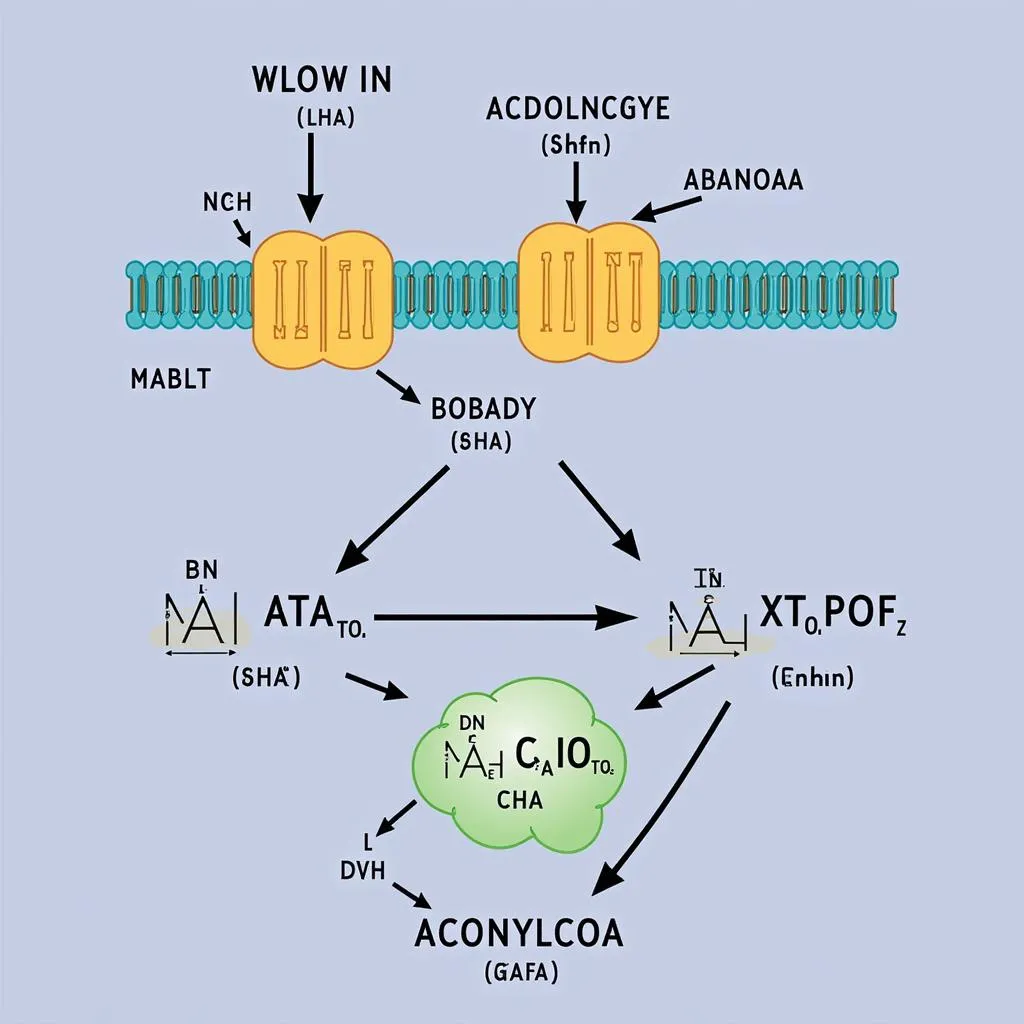The Association of Southeast Asian Nations, widely known as ASEAN, stands as a testament to regional cooperation in Southeast Asia. Established in 1967, this political and economic union plays a crucial role in fostering peace, stability, and prosperity among its ten member states.
 ASEAN Summit Meeting
ASEAN Summit Meeting
A History Rooted in Collaboration
ASEAN’s formation was driven by a shared desire among its founding members – Indonesia, Malaysia, the Philippines, Singapore, and Thailand – to overcome historical tensions and forge a path towards regional solidarity. The Bangkok Declaration, signed on 8th August 1967, laid the groundwork for a new era of cooperation based on mutual respect, non-interference, and peaceful dispute resolution.
 ASEAN Cultural Exchange Program
ASEAN Cultural Exchange Program
Pillars of ASEAN’s Success
ASEAN’s success can be attributed to its unique approach to regional integration, guided by three fundamental pillars:
1. ASEAN Political-Security Community (APSC): This pillar focuses on promoting political dialogue, confidence-building measures, and preventive diplomacy to address regional security challenges.
2. ASEAN Economic Community (AEC): The AEC aims to create a single market and production base, facilitating the free flow of goods, services, investments, and skilled labor within the region.
3. ASEAN Socio-Cultural Community (ASCC): Recognizing the importance of people-to-people connectivity, the ASCC promotes cooperation in education, culture, health, and social development to enhance ASEAN’s regional identity and improve the lives of its citizens.
ASEAN’s Impact on Regional Dynamics
ASEAN’s role as a regional organization extends far beyond economic cooperation. It has been instrumental in:
- Maintaining peace and stability: ASEAN has played a crucial role in managing territorial disputes and promoting dialogue among its member states, fostering an environment of peace and stability in the region.
- Responding to common challenges: From natural disasters to pandemics like COVID-19, ASEAN has demonstrated its capacity to coordinate regional responses to shared challenges.
- Enhancing ASEAN’s global standing: Through its various forums and dialogues with external partners, ASEAN has emerged as a significant player in the global arena.
Challenges and Opportunities on the Horizon
While ASEAN has made remarkable progress, the organization continues to face challenges such as:
- Narrowing the development gap: Addressing economic disparities among member states remains a priority to ensure inclusive and sustainable growth for all.
- Navigating geopolitical complexities: The rise of great power rivalry in the region presents both challenges and opportunities for ASEAN to assert its centrality and maintain its role as an honest broker.
 ASEAN Youth Summit for Sustainable Development
ASEAN Youth Summit for Sustainable Development
Conclusion: ASEAN’s Enduring Relevance
As ASEAN celebrates over five decades of existence, its commitment to regional cooperation and integration remains as strong as ever. By addressing challenges collectively and harnessing the vast potential of its diverse member states, ASEAN is poised to continue shaping a brighter future for Southeast Asia.
Need support? Contact us at Phone Number: 0369020373, Email: aseanmediadirectory@gmail.com or visit us at: Thôn Ngọc Liễn, Hiệp Hòa, Bắc Giang, Việt Nam. We have a 24/7 customer support team.

